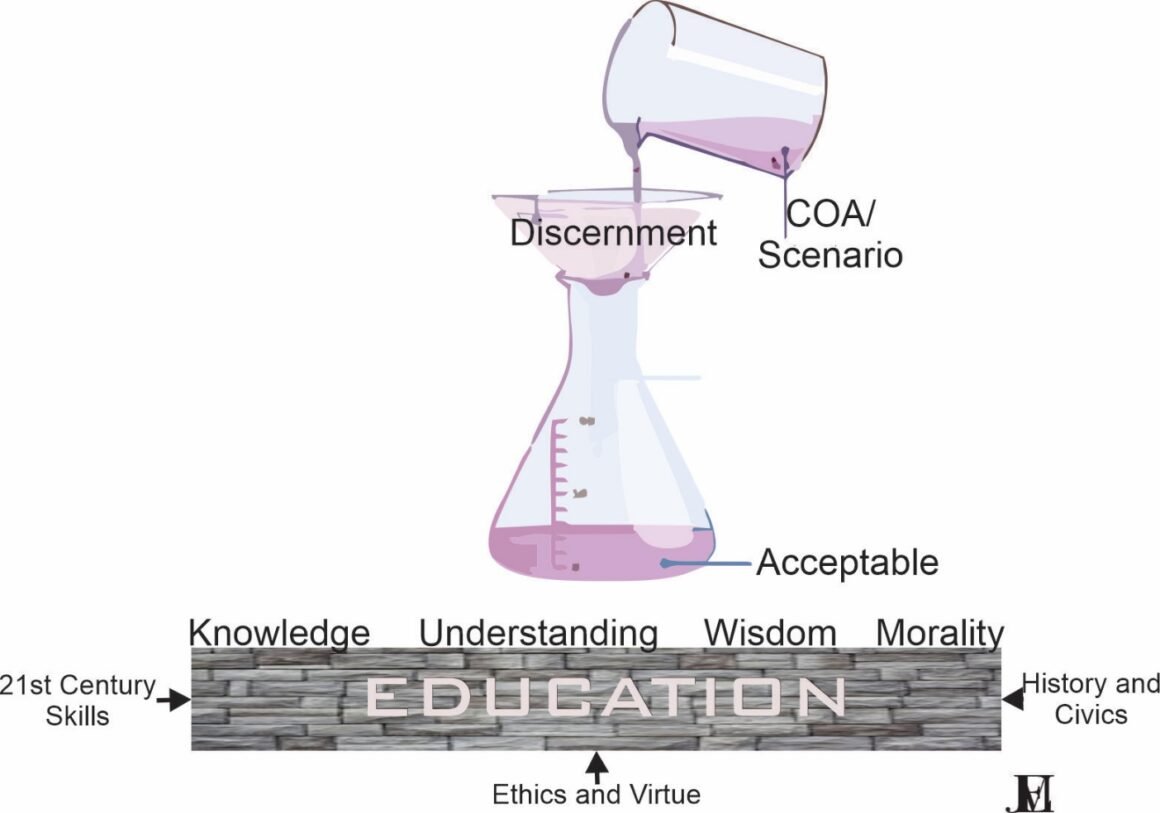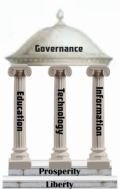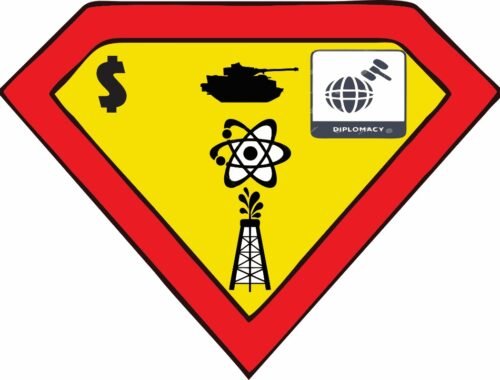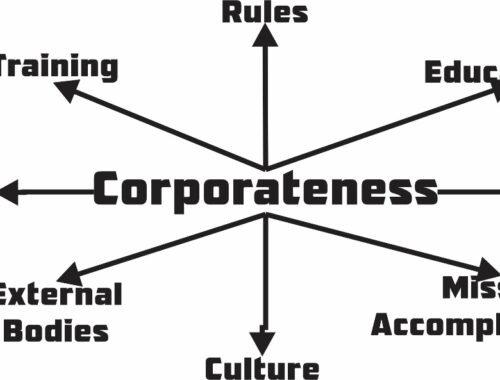
Virtue-Based Leadership: Part 2, Discernment
Abstract: Discernment is perhaps one of the most important, but least studied and written about leadership skills. It is especially important for virtue-based leadership, which requires leaders to consider moral aspects of decisions. Discernment goes beyond the judgment discussed in many texts. It relies on wisdom and understanding to take moral factors into account when applying knowledge to solve problems and make decisions. Therefore, it must rest on a comprehensive education that includes moral development and focuses on applying moral tenets. In low stress situations, this is straightforward. But in high-stress situations with large stakes, moral tenets may fall off the table. That is why we need a rigorous moral focus within education, especially as the world gets increasingly more complex, challenging, and integrated.
I have written extensively about education at the college level and below. See below for some references. This blog, however, focuses on discernment, which requires a moral and ethical foundation. For virtue-based leadership, the focus of education expands to discernment. Discernment is often confounded with judgment, but it is more. Judgement is a subset of discernment that uses critical thinking to solve problems and execute tasks. Discernment adds a moral dimension to determine what is right and wrong. The table below from thisvtaht.io shows some of the differences between discernment and judgment. The narrative on the page sums the differences as:
“Discernment refers to the ability to judge well, to distinguish between right and wrong, truth and falsehood, good and bad. It involves making careful distinctions and judgments based on wisdom and understanding. On the other hand, judging typically involves forming an opinion or conclusion about someone or something, often in a critical or negative way.”
Comparison
| Attribute | Discernment | Judging |
| Definition | Perceiving or recognizing differences or distinctions | Forming an opinion or conclusion based on careful consideration |
| Approach | Often involves intuition and insight | Relies on logic and reasoning |
| Focus | On understanding the deeper meaning or truth | On making a decision or evaluation |
| Outcome | Leads to wisdom and understanding | Leads to a judgment or decision |
What I find interesting is that leadership and management classes talk about judgment, but few mention discernment. To get down to brass tacks, discernment is about understanding screening criteria and judgment is about applying decision criteria. These are the two types of factors we apply in military course of action development and should be applied in business scenario development. Screening factors say the course of action must be suitable, feasible, and acceptable. This is where discernment, especially of an ethical and/or moral nature, comes into play. If we just focus on the “winning” involved in the course of action/scenario, we may overlook the moral/ethical aspects of the situation. Even when ethics are considered, we may revert to a weighing of reward vs. punishment in the acceptable part of screening criteria.
Let us look at three true vignettes ranging in potential severity.
- When I was a brand-new infantry platoon leader, I came face-to-face with my first ethical dilemma. Our company was getting ready for a demanding inspection prior to going on Division Ready Force 1, the battalion with a 24 hour string to deploy anywhere in the world. Our armorer was totally involved in preparing the arms room, but we needed him to pick up critical parts. The company commander’s solution was to put the armorer’s uniform shirt on someone else. I had to point out the ethical issues involved. We did not execute that course of action.
- When I ran a large program, another company wanted positions on the contract and promised positions to us on a contract they were bidding on. At least at the time, this practice violated federal contracting rules. I brought that up and was told to shut up and color.
- A major car manufacturer had a serious safety issue with one of their models. Their actuaries estimated the cost of settling wrongful death suits versus the cost of fixing the problem. The costs of potential suits were estimated to be less than the cost of the fixes. Based on this risk/reward analysis, they elected to continue to sell the car without a fix.
The common denomination in all three is a lack of a moral foundation. What is interesting is the company commander in the first vignette is a West Pointer, immersed in the honor code. So, the question is perhaps how to internalize and live by the ethics many of us had in our preparatory education?
If we look at the Comparison table above, the outcome row is key. The outcome of discernment is understanding and wisdom. We’ll return to that in Part 3, which covers moral development and education.
Education References
Teachers’ Unions and Critical Theories
Using the Education Institution to Create History, Part 1: Introduction
Reconstructing History, Part 2: The Maskirovka of History
Reconstructing History, Part 3: Social Justice Movements
Reconstructing History, Part 4: Multiple Punctured Equilibriums
Reconstructing History, Part 5: The Education Institution and Creating History
Reconstructing History, Part 6: Culture, History, and the Future
Reconstructing History, Part 7: Conflict, History, and the Future
Re-constructing History, Part 8: First, Do no Harm
Re-constructing History, Part 9: Is the Education Institution a Cult?
Reconstructing History, Part 10: Means, Motive, and Opportunity
Educating Sheep Versus Citizens: Part 1
Educating Citizens versus Sheep, Part 2
Educating Citizens versus Sheep, Part 3
Educating Citizens versus Sheep, Part 4: Education Framework
Educating Citizens versus Sheep, Part 5: The Keystone and Serious Games
Educating Citizens versus Sheep, Part 6: Scenario-Based Learning
Educating Citizens versus Sheep, Part 7: Learning Objectives





